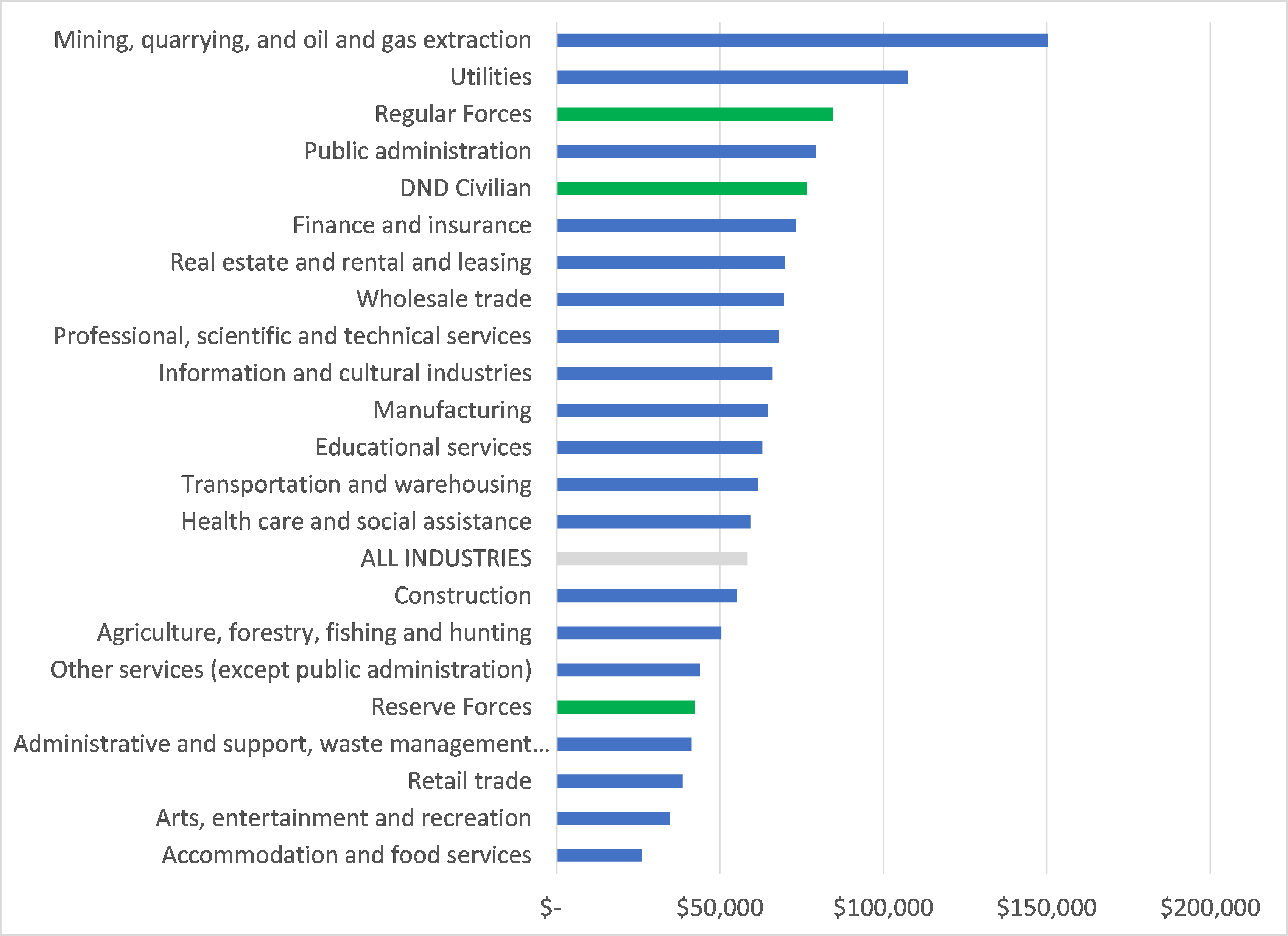Examining the key role of the military in Halifax
Posted: September 22, 2020The military is a central component of Halifax’s identity
The military, especially the navy, was central to Halifax’s founding in the 18th century and has remained an integral part of the city’s development ever since. From its original role of protecting Halifax and its environs, the military’s presence has expanded to become a vital part of Halifax’s culture, economy, and identity.
Canadian Forces Base (CFB) Halifax, home of Canada’s East Coast Navy, is the largest armed forces base in Canada by population. While commonly referred to as a Navy city, Halifax boasts a tri-service military population represented by organizations such as Maritime Forces Atlantic and Canadian Fleet Atlantic (Navy); 12 Wing Shearwater (Royal Canadian Air Force); and the headquarters for 5th Canadian Division, Canada’s Army in Atlantic Canada.
The military and its personnel and families are key to our community and our economy
There are more than 10,000 Canadian Armed Forces (CAF) and Department of National Defence (DND) personnel in Halifax – close to 6,000 and 2,000 Regular Force and Reserve Force Members, respectively, and more than 2,500 civilian personnel. The military employs as many people in Halifax as do other entire industrial sectors, such as manufacturing or transportation. Twice as many people work for the military as do for the agriculture, utilities, forestry, fishing, mining, quarrying, and oil & gas sectors combined.
Figure 1: Breakdown of DND Personnel in Halifax

Average military salaries are among the highest in Halifax in comparison to other industrial sectors. Total military salaries in Halifax are more than three-quarters of a billion dollars per year. With these salaries these personnel, and their spouses and families, purchase housing, vehicles, furniture, groceries, and more, making an enormous contribution to the local economy.
Figure 2: Estimated Average Income by Industrial Sector, Halifax, 2019

As an organization, DND paid over $250 million to more than 500 local vendors in the last fiscal year, and these figures are a significant underestimate of the local spending impact as they do not include DND credit card expenditures that cover most purchases under $5,000.
Additional activity is generated by foreign ships that visit CFB Halifax. In the 2019-20 fiscal year, 22 ships and approximately 4,500 sailors came to Halifax, with the average visit lasting four days. These ships take on fuel and supplies while sailors going ashore purchase food, beverages, and entertainment from Halifax businesses.
And, of course, military personnel and families are much more than mere consumers. They are community volunteers, hockey coaches, Girl Guide leaders, neighbours, friends, and role models.
The naval shipbuilding contract will be a foundational piece of the Halifax economy for a generation
Beyond the regular flows of money and people associated with the day-to-day operations of the military in Halifax, there is the massive impact of the work going on at the Irving Halifax Shipyard under the federal government’s National Shipbuilding Strategy.
Irving Shipbuilding will produce eight Arctic and offshore patrol ships (AOPS) – six for the Royal Canadian Navy and two for the Canadian Coast Guard – and 15 Canadian Surface Combatant (CSC) ships. Lockheed Martin Canada, with partners BAE Systems, CAE, L3 Technologies, MDA and Ultra Electronics Maritime Systems will perform the design work. All these companies have local presences in Halifax and employ many people here.
The first AOPS vessel, HMCS Harry DeWolf, was delivered to the Royal Canadian Navy on July 31, 2020, and is expected to enter service in summer 2021. Three more AOPS ships are under construction now with work to begin on the remainder in the next couple of years. Once the design phase is complete, construction work on the CSC ships will begin in the early 2020s.
Total project costs for these ships are now estimated at more than $60 billion with work extending out to the early 2040s. Currently there are approximately 1,800 workers employed on the project, with the number expected to ramp up as construction work begins on the CSCs over the next several years.